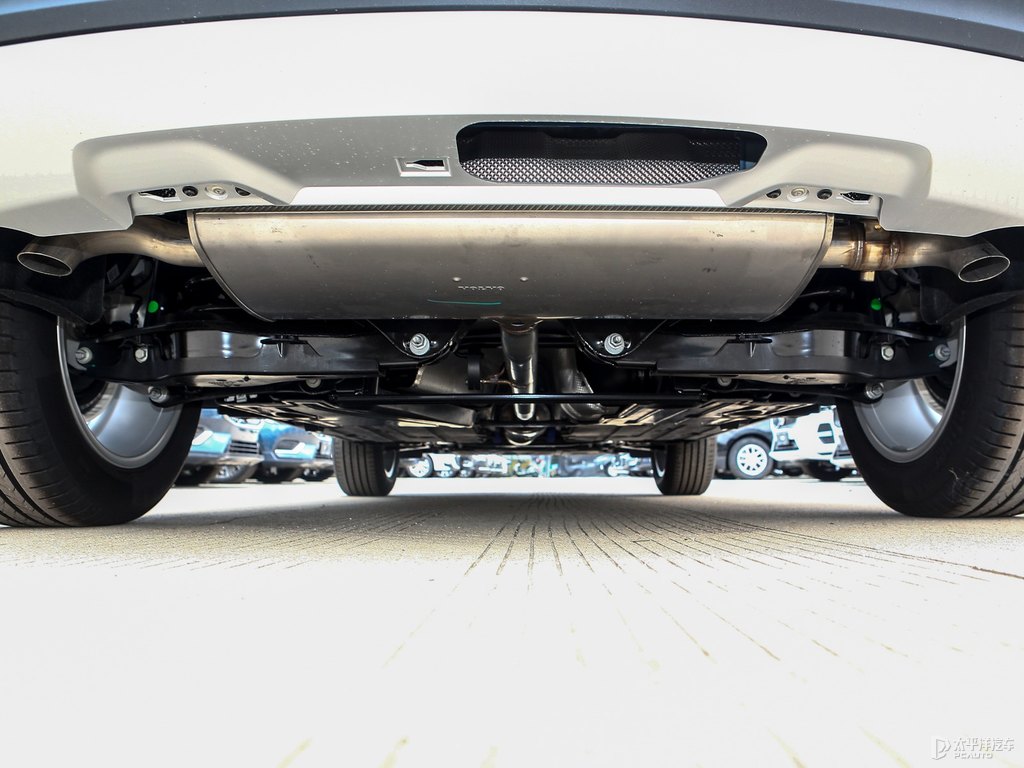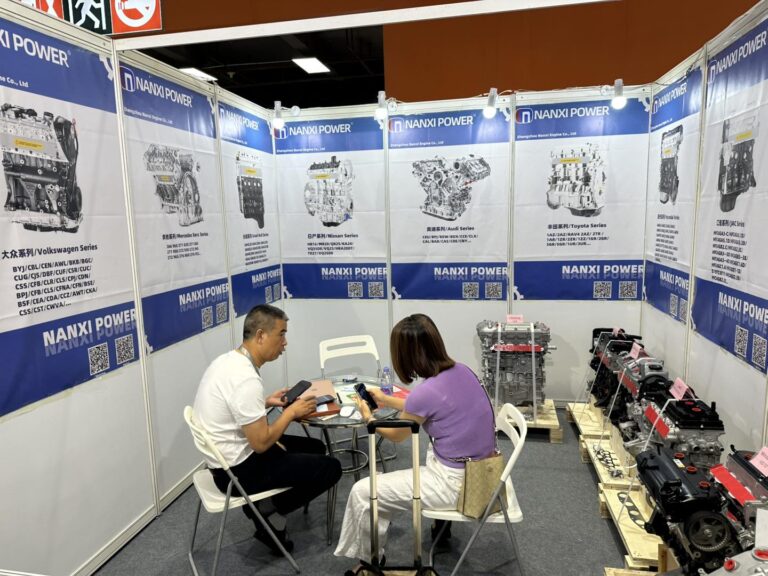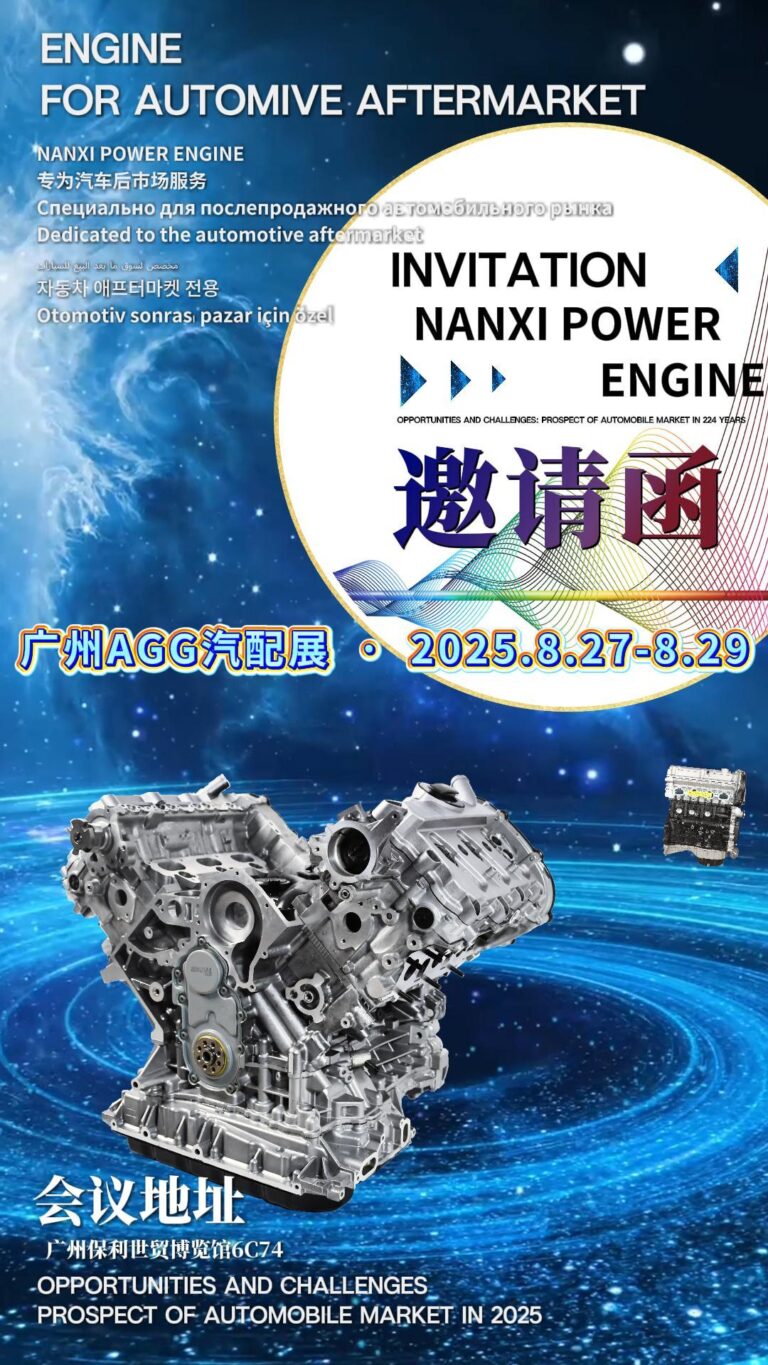
Knowledge of Automobile Chassis
I. Composition of Automobile Chassis
The automobile chassis is an essential part of a vehicle, just like the skeletal framework of the human body. It plays a crucial role in supporting the vehicle body, installing various components, and transmitting power. It mainly consists of four major systems: the transmission system, the running system, the steering system, and the braking system.
(A) Transmission System
The transmission system is responsible for transmitting the power generated by the engine to the wheels, enabling the vehicle to move forward or backward. Common transmission modes include front-engine front-wheel drive (FF), front-engine rear-wheel drive (FR), rear-engine rear-wheel drive (RR), and four-wheel drive (4WD). The front-engine front-wheel drive structure is compact and is often used in small and compact cars, effectively saving interior space. The front-engine rear-wheel drive offers better handling and is widely applied in mid-to-high-end sports sedans and some freight vehicles because it can achieve a more reasonable front-rear axle load distribution. The rear-engine rear-wheel drive is commonly seen in some high-performance sports cars, providing better weight distribution at the rear of the vehicle and enhancing handling stability. Four-wheel drive can be further divided into 适时四驱 (real-time four-wheel drive), 全时四驱 (full-time four-wheel drive), and 分时四驱 (part-time four-wheel drive). Real-time four-wheel drive can automatically switch driving modes according to road conditions. Full-time four-wheel drive always maintains a four-wheel drive state, providing strong off-road capabilities. Part-time four-wheel drive allows the driver to manually select the driving mode and is often used in off-road scenarios.
(B) Running System
The running system includes components such as the frame, axles, wheels, and suspension. The frame is the base of the vehicle, carrying the weight of the vehicle body and all components. There are two types: the unibody frame and the body-on-frame. The unibody frame is commonly used in sedans. It integrates the vehicle body and the frame, is lightweight, and can provide good comfort. The body-on-frame is mostly used in off-road vehicles and freight trucks. The vehicle body and the frame are flexibly connected through rubber pads. The frame has high strength and can bear larger loads. Axles connect the wheels and the frame and are divided into front axles and rear axles. According to function, they can also be classified as steering axles and drive axles. Wheels are the parts in contact with the ground and include tires and rims. The tread pattern and size of the tires have a significant impact on the vehicle’s grip, handling, and comfort. The suspension system is used to connect the axles and the frame to absorb road shocks. Common suspension types include the MacPherson strut suspension, double wishbone suspension, and multi-link suspension. The MacPherson strut suspension is simple in structure and low in cost and is widely used in the front suspension. The double wishbone suspension can provide strong lateral support and is often used in high-performance sports cars. The multi-link suspension can precisely control the movement trajectory of the wheels, improving comfort and handling, and is mostly applied in the rear suspension of mid-to-high-end sedans.
(C) Steering System
The function of the steering system is to control the direction of the vehicle, ensuring that the driver can accurately 操纵 the car. It mainly includes components such as the steering wheel, steering shaft, steering gear, and steering tie rods. The traditional mechanical steering system relies on the driver’s physical strength to turn the steering wheel. Through a series of mechanical transmission components, the wheels are turned, and the operation is relatively laborious. With the development of technology, power-assisted steering systems have emerged. For example, hydraulic power-assisted steering uses a hydraulic pump to provide assistance, reducing the driver’s burden, but it consumes a certain amount of engine power. Electric power-assisted steering (EPS) is more advanced. It provides assistance through an electric motor and intelligently adjusts the assistance level according to parameters such as vehicle speed and steering angle. It is energy-efficient and can accurately assist steering, making it the mainstream steering technology today.
(D) Braking System
The braking system is crucial for driving safety and is used to slow down or stop a moving vehicle. It mainly consists of the brake pedal, master brake cylinder, brake lines, brakes, and other components. Brakes are divided into drum brakes and disc brakes. Drum brakes have a low manufacturing cost and good self-energizing effect and are still used on the rear wheels of some freight vehicles and economy cars. Disc brakes have fast heat dissipation and stable braking performance and can perform multiple brakings in a short time without performance degradation. They are widely used on the front wheels of sedans and the front and rear wheels of high-performance vehicles. The braking system also has an anti-lock braking system (ABS), which can prevent the wheels from locking up during emergency braking, maintaining the rolling friction between the wheels and the ground, ensuring that the vehicle still has handling capabilities, and avoiding dangerous situations such as skidding and fishtailing. The electronic stability control system (ESC) is further developed based on ABS. It can monitor the vehicle’s driving state in real-time. When the vehicle shows signs of losing control, it automatically brakes individual wheels and adjusts the engine output to keep the vehicle stable.
II. Maintenance Points of Automobile Chassis
(A) Regular Inspection
Transmission System: Check whether the drive shaft is loose, deformed, whether the universal joint is flexible, and whether there are any abnormal noises. Regularly replace the lubricating oil of the transmission system to ensure good lubrication. Generally, it should be replaced every 20,000 – 30,000 kilometers.
Running System: Inspect whether the frame has any deformation or cracks, especially after the vehicle has experienced a collision or off-road driving. Check whether the connection parts of the axles are firm and whether the bolts are loose. Tires should be checked regularly for air pressure, at least once a month. At the same time, check the tread depth of the tires. When the tread depth is less than 1.6 mm, the tires should be replaced in time. For the suspension system, check whether the shock absorbers are leaking or failing and whether the springs are deformed. This can be judged by pressing the vehicle body and observing the rebound situation.
Steering System: Turn the steering wheel to check whether there is any sticking or heaviness. If so, it is necessary to promptly investigate whether it is a problem with the steering gear or the power-assisted system. Check whether the ball joints of the steering tie rods are loose and whether the connection parts are worn. Regularly perform tightening and lubrication.
Braking System: Observe whether the brake pedal stroke is normal. If the stroke suddenly becomes longer, it may be that the braking system has a leak or the brake pads are severely worn. Check whether the brake lines are damaged or aged to ensure that there is no brake fluid leakage. Regularly check the thickness of the brake pads. When the remaining thickness of the brake pads is less than a certain value (generally 3 – 5 mm for sedans), they need to be replaced. At the same time, check the wear condition of the brake discs. If the surface of the brake discs is unevenly worn or has deep grooves, they also need to be repaired or replaced as appropriate.
(B) Cleaning and Maintenance
During driving, the chassis is easily contaminated with impurities such as mud, sewage, and salt, especially after rainy or snowy weather or driving through muddy sections. The chassis should be cleaned in time. Professional chassis cleaning equipment can be used to remove the dirt on the chassis to avoid corrosion of the chassis components.
After driving on the seaside or on salted roads in winter, special attention should be paid to cleaning the chassis to prevent the accumulation of salt from causing severe corrosion of metal components. After cleaning, protective paint or undercoating can be sprayed on the chassis to enhance the anti-corrosion ability of the chassis.
(C) Reasonable Driving
Avoid frequent rapid acceleration and sudden braking. This is not only unfavorable to the engine and braking system but also causes a large impact on the chassis components, accelerating their wear.
When passing over speed bumps or potholes, slow down to allow the suspension system enough time to absorb the road shock and protect the frame, axles, and other components from damage.
During off-road driving, select an appropriate route according to the load-carrying capacity, ground clearance, and other parameters of the vehicle chassis. Do not force through extreme road conditions to avoid irreversible damage to the chassis.
Understanding the knowledge of automobile chassis and doing daily maintenance can extend the service life of the vehicle, ensure driving safety, and keep your beloved car in good condition, accompanying you on a smooth journey.



